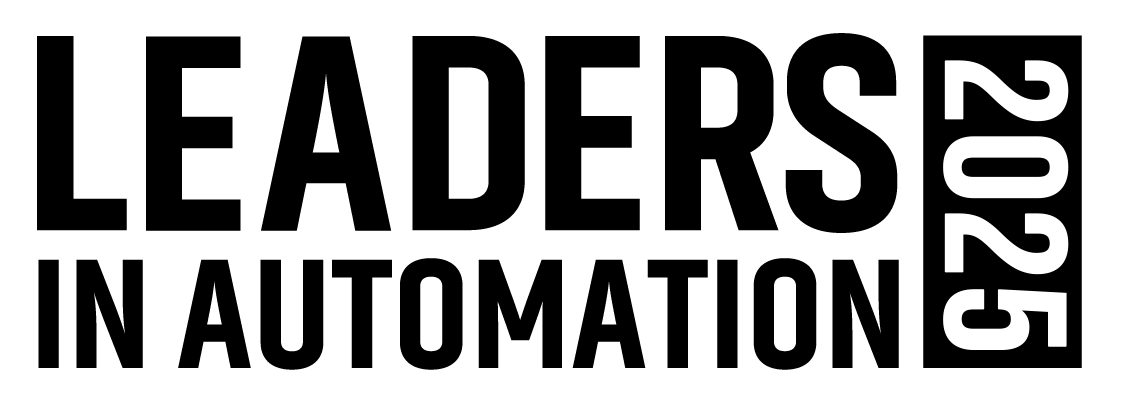1. Secure connections. When completing calibrations on thermocouples, pressure transducers and other devices, if you have to unwire the device to put it in a hotwell, make sure you get the connections back correct and secure.
2. Calibration expertise. Verify values of actual process data before making calibrations. Calibration should be provided by trained personal with very accurate equipment. To maintain calibration, it is essential that the operator be fully trained on the use of the equipment. Many individuals have learned bad habits over time in using equipment and their inability to use it properly causes a lot of equipment damage.
3. Match transmitter output. When calibrating the instrument loop connected to a digital read-out device, it is a good idea to fix the read-out measured value and match the transmitter output, or call it output-vs.-input calibration.
4. Calibration reminders. An easy way to keep up with calibration and monitoring systems is via software designed for this purpose (for example, Gage Track). By having a master gauge for every item, when calibration is due you can send it out to be re-certified per ISO standard.
2. Calibration expertise. Verify values of actual process data before making calibrations. Calibration should be provided by trained personal with very accurate equipment. To maintain calibration, it is essential that the operator be fully trained on the use of the equipment. Many individuals have learned bad habits over time in using equipment and their inability to use it properly causes a lot of equipment damage.
3. Match transmitter output. When calibrating the instrument loop connected to a digital read-out device, it is a good idea to fix the read-out measured value and match the transmitter output, or call it output-vs.-input calibration.
4. Calibration reminders. An easy way to keep up with calibration and monitoring systems is via software designed for this purpose (for example, Gage Track). By having a master gauge for every item, when calibration is due you can send it out to be re-certified per ISO standard.
Liked this article? Download the entire playbook here
About the Author
Sign up for our eNewsletters
Get the latest news and updates

Leaders relevant to this article: